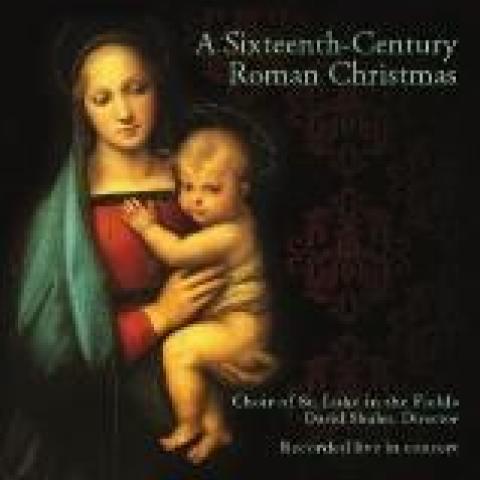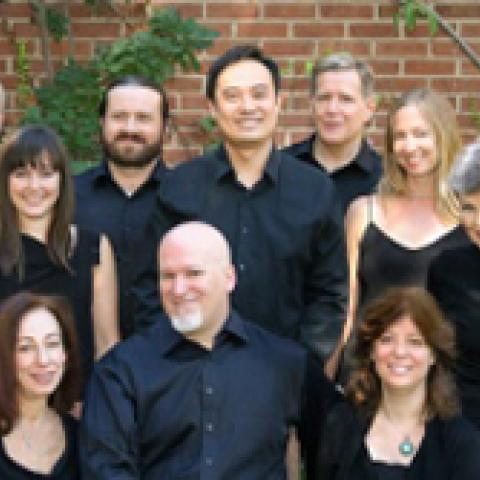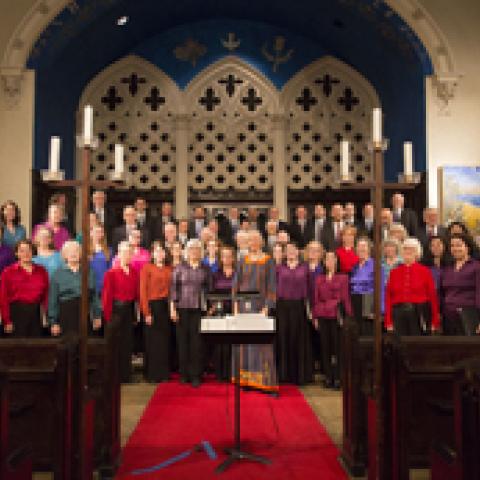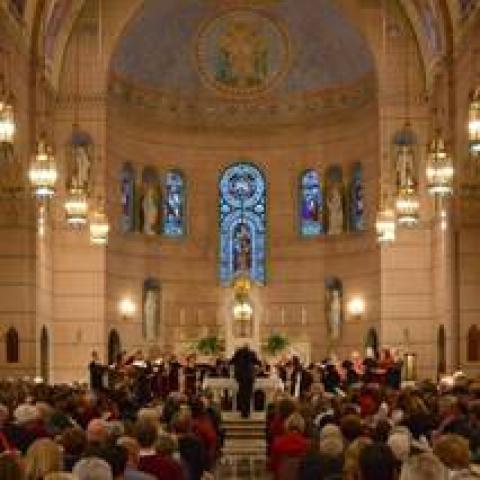
The Choir of St. Luke in the Fields, David Shuler, Music Director, announces their newest CD, A Sixteenth-Century Roman Christmas.
Featuring music of Palestrina, Victoria, Carissimi, and Philips, the CD was recorded in concert December 2, 2010.
Works performed:
1. Canite tuba/Rorate coeli - Giovanni Pierluigi da Palestrina
2. Hodie Christus natus est - Palestrina
3. Missa Hodie Christus natus est: Kyrie - Palestrina
4. Missa Hodie Christus natus est: Gloria - Palestrina
5. Gaude virgo mater Christi - Josquin Desprez
6. Missa Hodie Christus natus est: Credo - Palestrina
7. Introduzione & Pastorale - Bernardo Pasquini
8. Missa Hodie Christus natus est: Sanctus & Benedictus - Palestrina
9. O magnum mysterium - Tomás Luis de Victoria
10. O regem coeli - Victoria
11. Missa Hodie Christus natus est: Agnus Dei - Palestrina
12. Desiderata nobis - Giacomo Carissimi
13. Exulta, gaude, -lia Sion - Carissimi
14. O beatum et sacrosanctam diem - Peter Philips
15. Hodie nobis de coelo - Philips
The CD is priced at $15 (includes shipping) and is available from their online store .
The Choir of Saint Luke in the Fields is a professional ensemble made up of some of New York City's finest singers. As part of the liturgy at St. Luke's Church, the Choir regularly performs masses and motets that date from the fifteenth century to the present.
The Choir has presented a number of premieres, including the New York premiere of Arvo Pärt's Berliner Messe and Missa Syllabica, and of CPE Bach's recently rediscovered St. Matthew Passion of 1769, as well as the first North American performance of Telemann's St. Matthew Passion of 1746.
The most recent recording by Saint Luke's Choir is Refuge and Strength, sponsored by the national Episcopal Church. The recording features various settings of psalms, from plainsong and Renaissance masterpieces to recently composed works. Excerpts from the Music at the Sistine Chapel concert were featured on an ABC news documentary aired in May 2008, Secrets of the Sistine - Michelangelo's Mystery.






